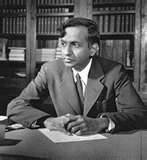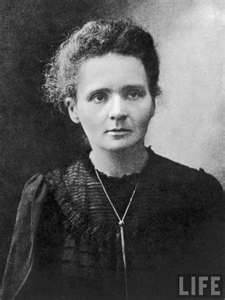Dynamite is the most famous of Nobel's inventions, but he invented 355 things in his lifetime and amassed a large fortune as a result. He established the Nobel Prize in 1895, a year before he died.
 Every year, Swedish academies and institutes name winners in the following fields: Chemistry, Economics, Literature, Medicine or Physiology, and Physics. Also, the Norwegian Nobel Committee presents the Peace Prize. Each winner gets a diploma, a gold medal, and a large sum of money. The Economics Prize is not an original Nobel Prize, since it was established only in 1968, long after Nobel's death and the awarding of the first Nobel Prizes.
Every year, Swedish academies and institutes name winners in the following fields: Chemistry, Economics, Literature, Medicine or Physiology, and Physics. Also, the Norwegian Nobel Committee presents the Peace Prize. Each winner gets a diploma, a gold medal, and a large sum of money. The Economics Prize is not an original Nobel Prize, since it was established only in 1968, long after Nobel's death and the awarding of the first Nobel Prizes.
The Nobel Committee receives a few thousand nominations each year, usually in the last few months of the year. The deadline for making a nomination is January 31 (for the Nobel Prize to be awarded that year). Up to three people can win a particular Nobel Prize in the same year. The Peace Prize is the only one that can be awarded to institutions. (The 2012 Nobel Peace Prize went to the European Union.) The Nobel Committee can choose not to award a particular Prize in a certain year. (This has happened 19 times.) In this case, the money for that Prize is divided between the other winners.
Nobel Prizes are usually given to people for their achievements during a number of years and always for momentous and important accomplishments. Nobel Prizes are meant to go to living people (although Erik Axel Karlfeldt was named the winner of 1931 Literature Prize after his death).
 Some winners receive the Prize for work they did long ago. For example, the 1983 Physics Prize went to Subrahmanyan Chandrasekhar (left) for work he did on stellar evolution in the 1930s.
Some winners receive the Prize for work they did long ago. For example, the 1983 Physics Prize went to Subrahmanyan Chandrasekhar (left) for work he did on stellar evolution in the 1930s.
Other winners are recognized for recent work. The 1994 Peace Prize went to Yasser Arafat, Shimon Peres, and Yitzhak Rabin for the 1993 Oslo Accords.
The Nobel Prizes for all but Peace are presented in a grand ceremony on December 10 (the day on which Nobel died, in 1896) in Stockholm. Peace Prize winners receive their award at Oslo (Norway) City Hall. Both presentation ceremonies are followed by a banquet. (In 1979, organizers cancelled the Peace Prize banquet because the winner, Mother Theresa, wanted the money to go to the poor. Instead, she spent the money on a Christmas dinner for 2,000 homeless people.)
The diplomat that each winner receives is done especially for him or her. On the diploma are a picture of the winner and their name, along with a citation of why the committee chose that person as the winner. The gold medal that each winner receives has Nobel's portrait on the front and various images on the back. Many Prize winners donate their monetary winnings to charities or other humanitarian efforts.
 Four people have won multiple awards. Marie Curie (right) won the Physics Prize in 1903 and the Chemistry Prize in 1911. Linus Pauling won the 1954 Chemistry Prize and the 1962 Peace Prize. Curie and Pauling are the only two to have won in two different disciplines. John Bardeen received the Physics Prize in 1956 and 1972, and Frederick Sanger won the Chemistry Prize in 1958 and 1980.
Four people have won multiple awards. Marie Curie (right) won the Physics Prize in 1903 and the Chemistry Prize in 1911. Linus Pauling won the 1954 Chemistry Prize and the 1962 Peace Prize. Curie and Pauling are the only two to have won in two different disciplines. John Bardeen received the Physics Prize in 1956 and 1972, and Frederick Sanger won the Chemistry Prize in 1958 and 1980.
Two organizations have received the Peace Prize on multiple occasions. The International Committee of the Red Cross won in 1917, 1944, and 1963. The United Nations High Commissioner for Refugees won in 1954 and 1981.
Of the more than 800 people to have won a Nobel Prize, 44 are women.
Other facts: